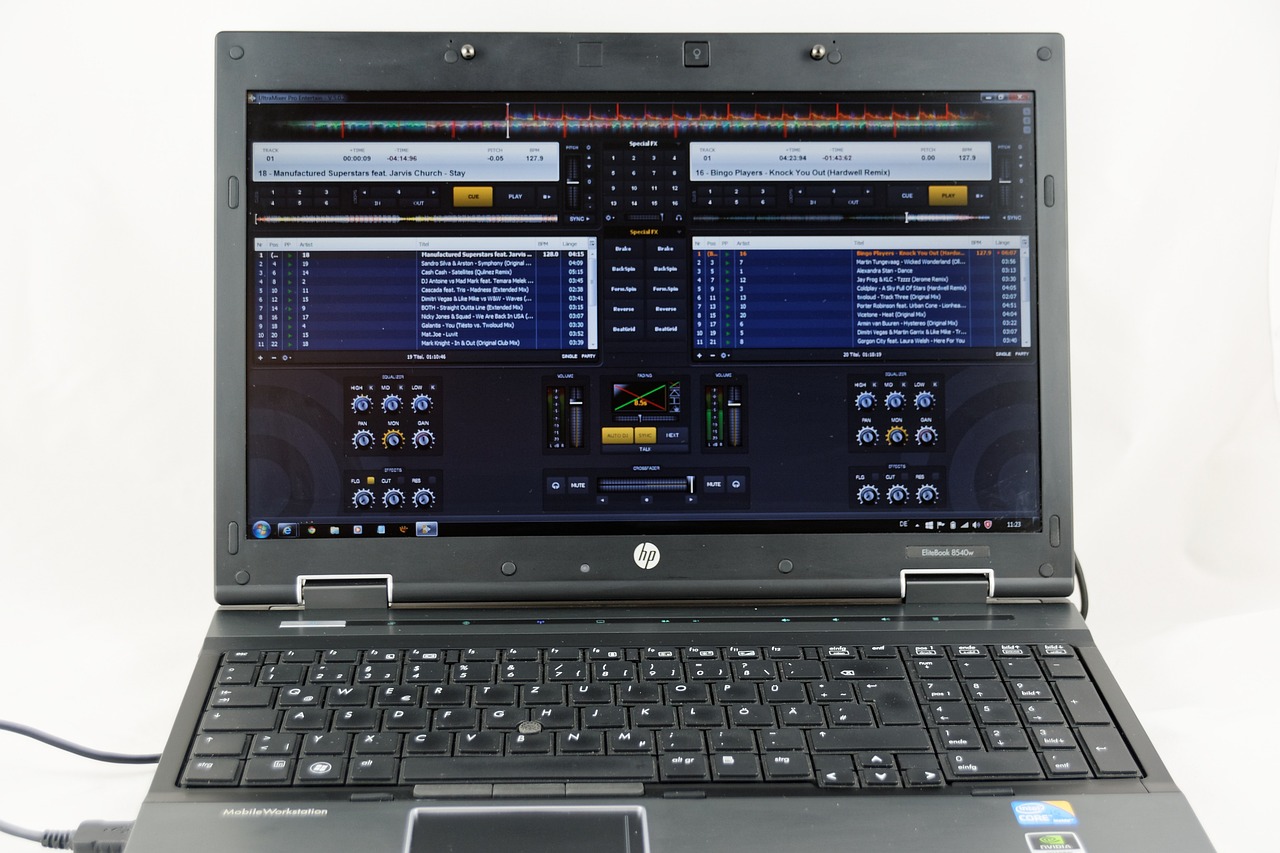Facility management is at the core of efficient business operations, ensuring smooth day-to-day functioning while addressing long-term strategic goals. As businesses grow, the need for streamlined processes, optimised space usage, and effective cost control becomes increasingly critical. A Computer-Aided Facility Management (CAFM) system is a powerful tool designed to address these needs, providing facility managers, real estate owners, and operations directors with the ability to make data-driven decisions for improved efficiency. By centralising data on assets, maintenance schedules, space allocation, and energy consumption, a CAFM system empowers organisations to optimise their resources, reduce operational costs, and enhance workplace productivity. Here are the key benefits of implementing a CAFM system and how it can transform facility management operations, driving measurable improvements across all aspects of your business.
Streamlined Operational and Maintenance Processes
Managing a facility requires handling numerous responsibilities, from maintenance scheduling to service requests. A CAFM system consolidates these processes within a centralised platform, enabling teams to oversee tasks more efficiently. Automated scheduling ensures that assets receive regular servicing, reducing downtime and improving reliability across the facility. By digitising manual processes, potential inefficiencies are minimised, and team productivity is significantly elevated.
Improved Space and Resource Management
One of the standout advantages of adopting a CAFM system is its ability to optimise both space and resource usage. Facility managers gain access to insightful data on current space allocation and utilisation. This knowledge enables smarter decisions, such as reallocating underused areas or accommodating evolving organisational requirements. The tool also supports future forecasting, allowing managers to maximise their resources while remaining agile to change.
Enhanced Data-Driven Decisions
A CAFM system serves as a rich source of accurate, real-time information that can be leveraged for strategic decision-making. By integrating data on maintenance history, space utilisation, and operational costs, facility managers can identify trends and patterns that were previously inaccessible. This evidence-based decision-making ensures that every expenditure is justified and aligned with business objectives, leading to improved outcomes across the board.
Reduced Costs and Increased Efficiency
Reducing operational expenses while maintaining high levels of service is a delicate balancing act for any facility manager. A CAFM system directly addresses this by automating processes, reducing inefficiencies, and proactively identifying areas where cost savings can be achieved. From utility monitoring to optimising contractor workflows, these systems allow facilities to operate at peak efficiency without compromising on performance.
Improved Compliance and Risk Management
For many organisations, adhering to regulatory standards is an ongoing challenge. CAFM systems are designed to simplify the process of meeting compliance requirements by providing up-to-date information and detailed audit trails. Proper documentation management ensures that inspections and certifications are up to date, reducing the likelihood of penalties. Additionally, risk management is bolstered through streamlined incident reporting and quick response tools, ensuring that facilities are always prepared.
Why CAFM Systems Are Essential
The adoption of a CAFM (Computer-Aided Facility Management) system not only simplifies facility management but also significantly enhances operational performance, cost-effectiveness, and adaptability. These systems bring together a range of powerful tools designed to streamline processes, improve resource allocation, and enable data-driven decision-making. By equipping facility managers, real estate owners, and operations directors with the ability to monitor and optimise operations in real time, CAFM systems have become an indispensable asset in modern facility management.
In today’s rapidly changing and increasingly competitive environment, adopting such advanced technology is no longer optional—it’s a strategic priority. Organisations that fail to embrace CAFM risk falling behind as they struggle to keep up with the growing complexity of facility management. With its vast array of benefits, from boosting efficiency to enabling strategic planning, a CAFM system is no longer just an enhancement but a critical necessity for achieving long-term operational excellence and staying ahead in the industry.
